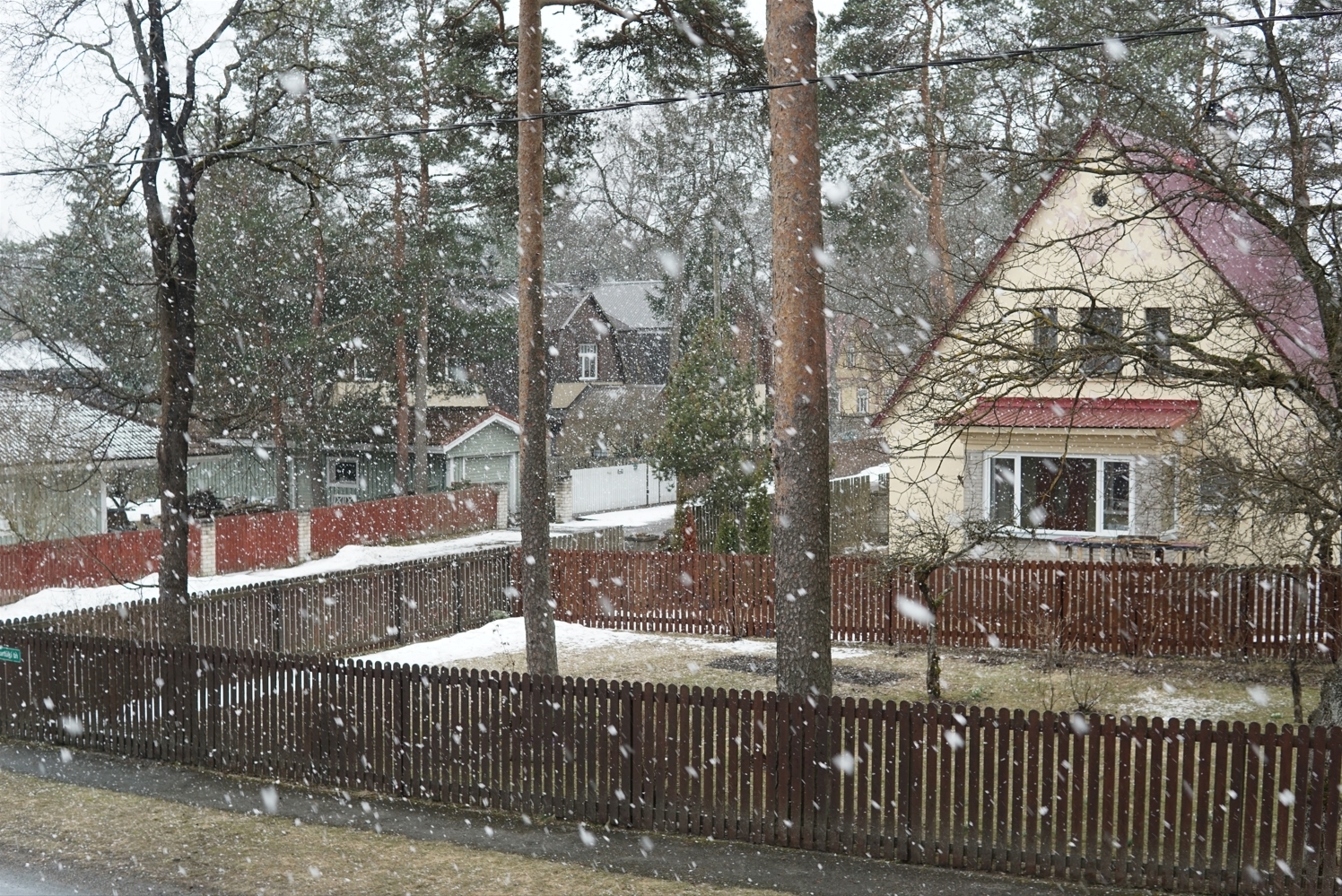I know here it's common to see products labelled in English, French and Chinese in Vancouver these days, I've seen products labelled in Punjabi as well in certain areas of the country. Obviously, all products are in English and French.
You are using an out of date browser. It may not display this or other websites correctly.
You should upgrade or use an alternative browser.
You should upgrade or use an alternative browser.
Let's try and get 1,000,000 replies to this post
- Thread starter The Ancient Mariner
- Start date
It depends on the product, and where and how it’s sold. But for some products this has become the norm, yes.
I know here it's common to see products labelled in English, French and Chinese in Vancouver these days, I've seen products labelled in Punjabi as well in certain areas of the country. Obviously, all products are in English and French.
Interesting. Was there any point when that became common or was it more of a slow process? I don't recall seeing Spanish on any imported goods when I lived in Canada back in the mid-90's.
Meaning, on the front of the packaging where the brand and product name is. Obviously the lists of ingredients always had multiple language versions.
Jer
'Til Tomorrow
It was a slow process, and regional in most cases in the U.S. I would guess that Los Angeles and Miami becoming majority Latino cities in the 1970s and accelerating that demographic growth ever since has been a major factor in bilingual labeling decisions.Interesting. Was there any point when that became common or was it more of a slow process? I don't recall seeing Spanish on any imported goods when I lived in Canada back in the mid-90's.
Meaning, on the front of the packaging where the brand and product name is. Obviously the lists of ingredients always had multiple language versions.
If I went to a store in Minnesota it would be rare to see bilingual labeling unless I specifically went to an ethnic store. But in a majority Latino area it would be a different story. It also depends on the product, and whether the vendor thinks it’s worth having separate packaging for different regions. Places without large Latino populations that are nowhere near the southern border are more likely to respond negatively to in-your-face bilingual labeling because it can feel like unnecessary encroachment on the de facto national language, while in majority Latino areas it feels more inclusive to the customer base.
If you want to sell a product in Canada, it will almost certainly be bilingual. That's one of the things that sunk Target in Canada - they didn't understand laws around bilingualism in importing, and they got fined like crazy.
Travis The Dragon
AFTERGLOW!!!
I'll be on one of these for the first time in a little under 12 hours:
You've never been on a plane before?!?I'll be on one of these for the first time in a little under 12 hours:
Bring gum. Chew some on the way down at the end.
SixesAlltheway
Ancient Mariner
Steve Miller Band! 

After searching around the house for a couple of weeks, finally recovered my wah pedal and two effects pedals. I've destroyed two batteries this afternoon, so now waiting for a new power supply.
Wound up in a restaurant this evening just when the big football derby was on, which meant the place was packed. Ended up having to wait for over two hours for dinner, which was because of the massive traffic, but also because the kitchen fucked up our orders. The poor waitress couldn't do anything but run back to the kitchen all the time to get things right. I felt really sorry for her, because she was so uncomfortable with the situation. She ended up scratching the food from the bill on her own accord which was a great gesture, and I gave her what I hope was a good tip for that. I told her that I realise we just had bad luck. On the other hand, I didn't really mind sitting there for all that time because otherwise I'd just have been at home being worried.
Worried about? :'(
Worried about? :'(
There's been a complication with my mum. Of course I know she's in good hands, but that won't stop me from worrying until I see her well and healthy.
Aw no, hope she's on the mend very soon.
Dr. Eddies Wingman
Brighter than thousand_suns
Not good to hear. Hope it turns out well in the endThere's been a complication with my mum. Of course I know she's in good hands, but that won't stop me from worrying until I see her well and healthy.


